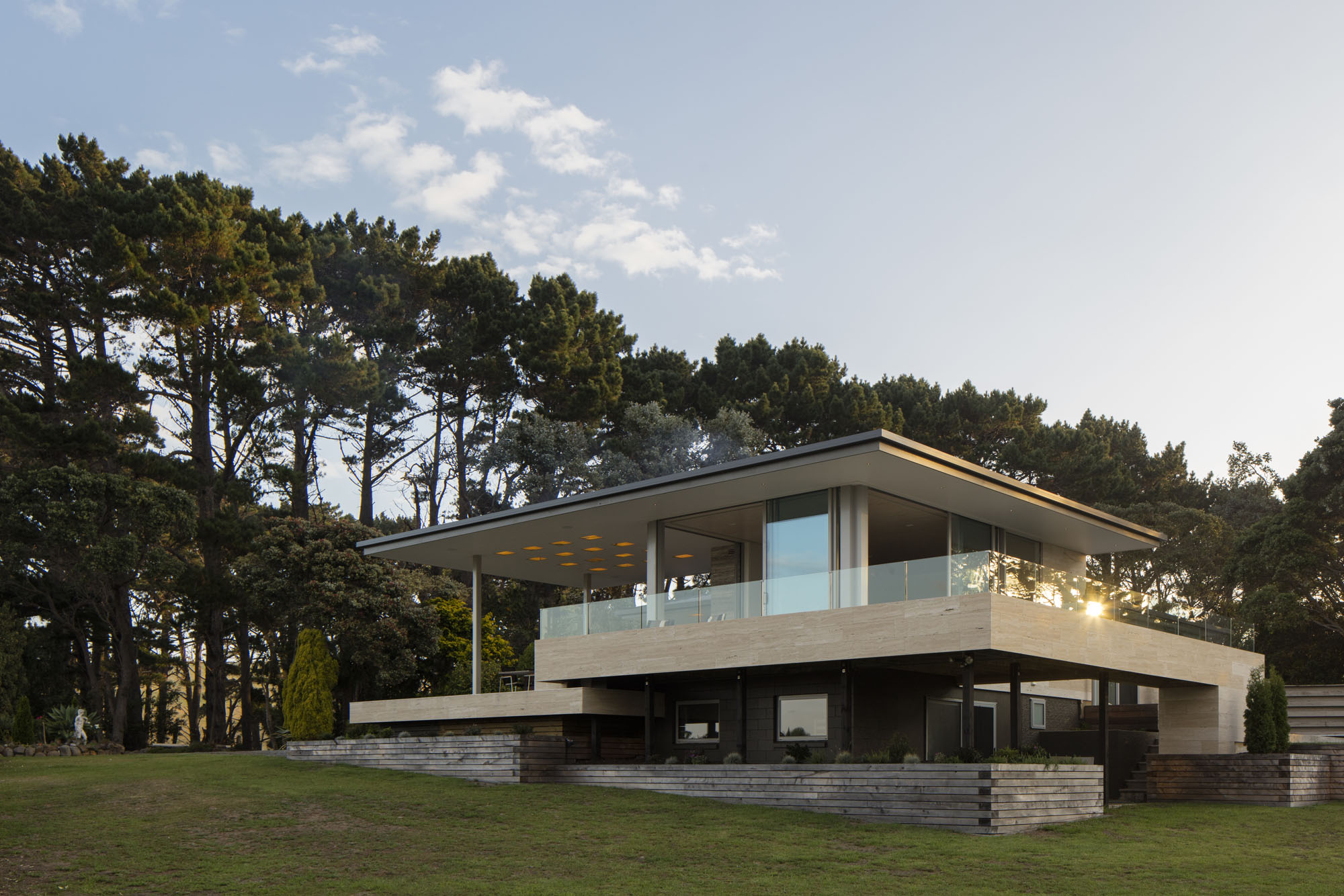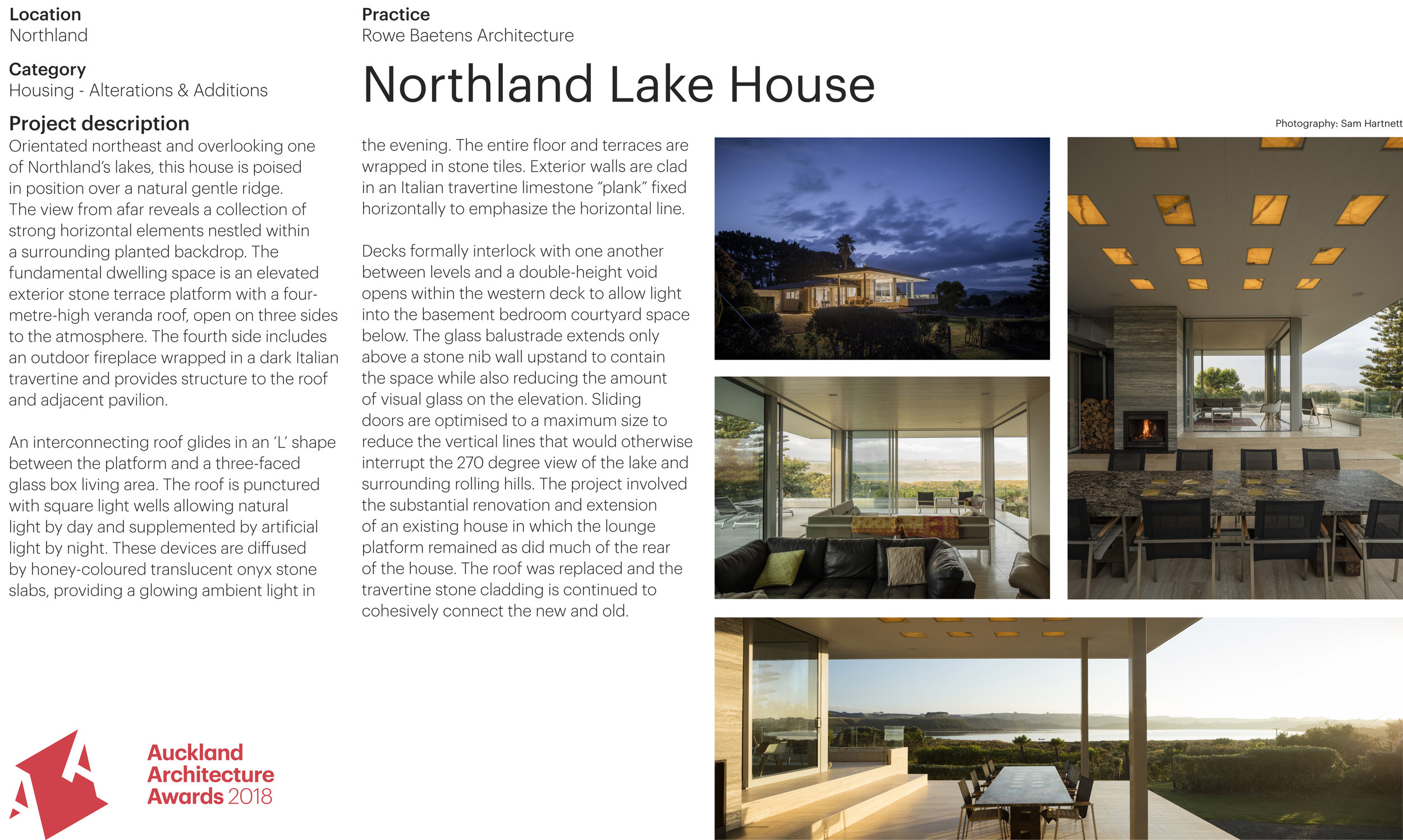Journal | March 2024
Inner Character | Under Construction
Character (noun) Etymology: The term "Character" can be traced back to the Greek word charassein, which conveys the meanings of "to sharpen, cut in furrows, or engrave." From this root, the Greeks derived the word charaktēr, denoting a "mark" or "distinctive quality."
Carved into the Milford landscape, this residence is a testament to the client's love for Italian stone architecture, extending out to lighter, open and uninterrupted living areas. The 'S' shaped plan maximizes the surface area of glazing to create two courtyards of light, pooling with natural illumination. The plan also delicately balances privacy with urban engagement.
Catering to the lifestyle of a couple seeking a timeless sanctuary, the design offers ample space for entertainment while seamlessly integrating with the street. Emphasizing compression and expansion, both vertically and horizontally, the unique shape enhances the permeability of natural light into the living areas. Conceived as a solid block of travertine, the exterior is notched or carved out to create living spaces. Stone is assembled in stratum-like sedimentary layers and mechanically fixed to a concrete structure.
The ground floor houses a self-contained minor dwelling, providing flexibility for hosting or potential rental income, seamlessly integrated into the sloping site alongside the garage, lift, and utility spaces. A planted pergola enhances the outdoor living experience, softening the home from the street, adding layers of privacy and a tactile contrast to the stone. The upper level forms a bridge-like structure, providing shelter while enhancing airflow and natural light.
Ascending from the cobblestone entry court, a stone staircase is notched into the landscape, leading to the main living spaces. This offers seamless transition from the outdoors to the indoor areas. The journey is accentuated by an outdoor segment of the staircase, visually connected to an internal gallery through a glazed curtain wall. The top floor, a platform of social and private spaces, opens the inside to the outside through a continuity of materials and a hovering roofline above a ribbon of glass.
Covering an internal area of 270m², this level hosts the primary living spaces, settled in an ethereal atmosphere created by wide eaves, broad roofs, and strategically placed slot windows that screen the surroundings while inviting an abundance of light.
The house offers a retreat within the city, providing options to enjoy peaceful courtyard spaces or embrace the liveliness of the surrounding context. The materiality and detailing emphasize the solidity and stability of the stone to establish and reinforce a strong connection with the landscape.












































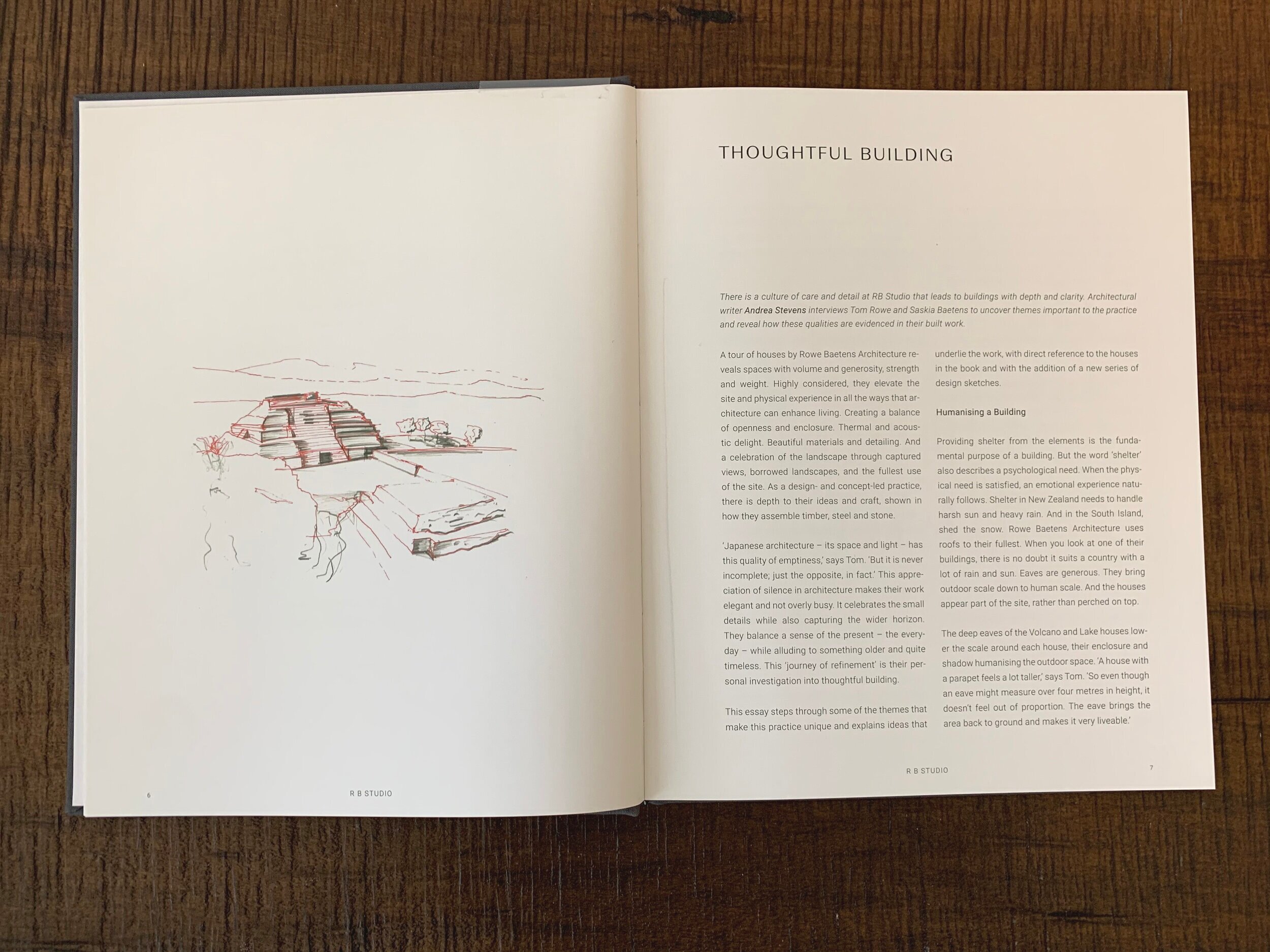


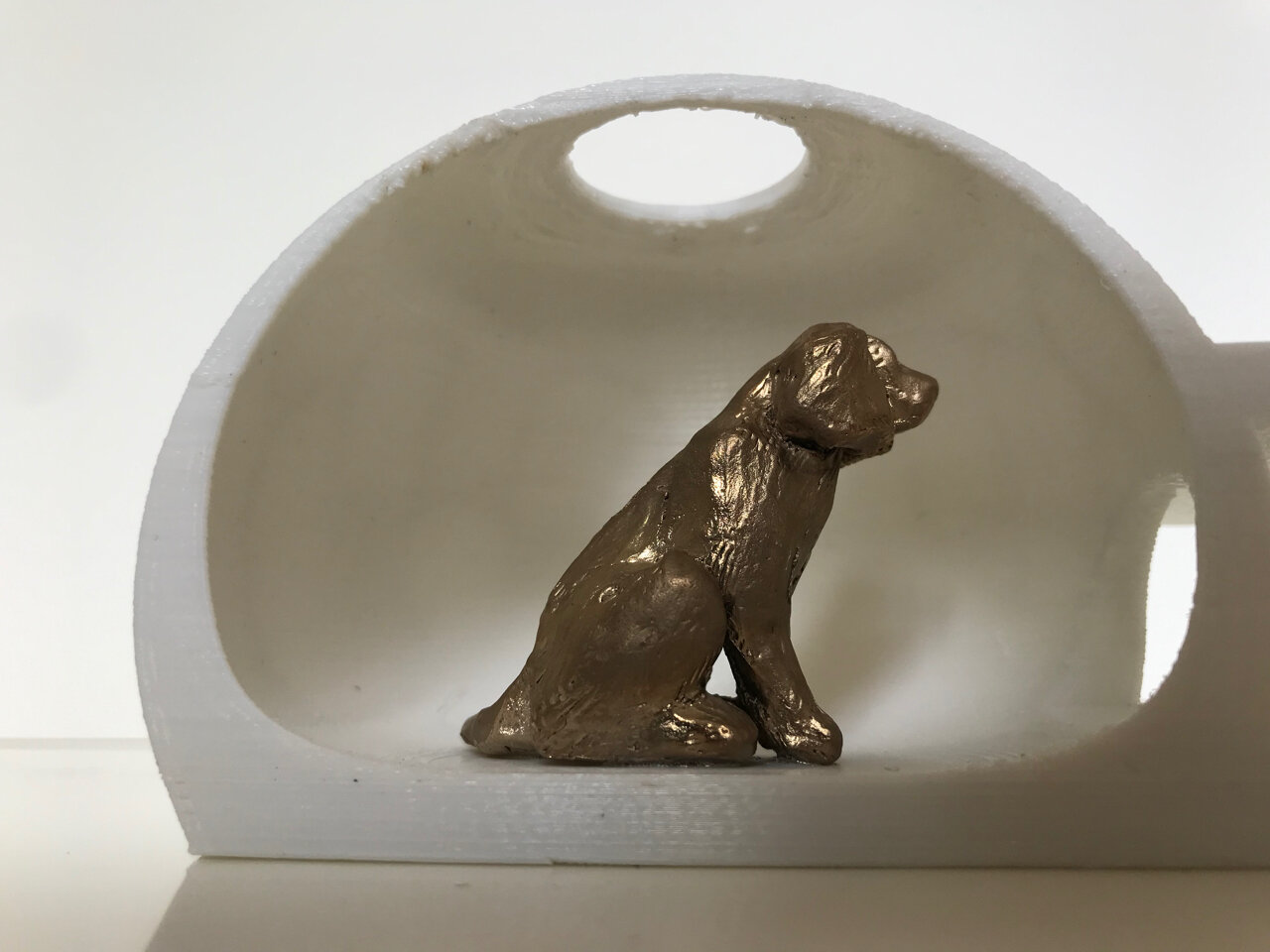































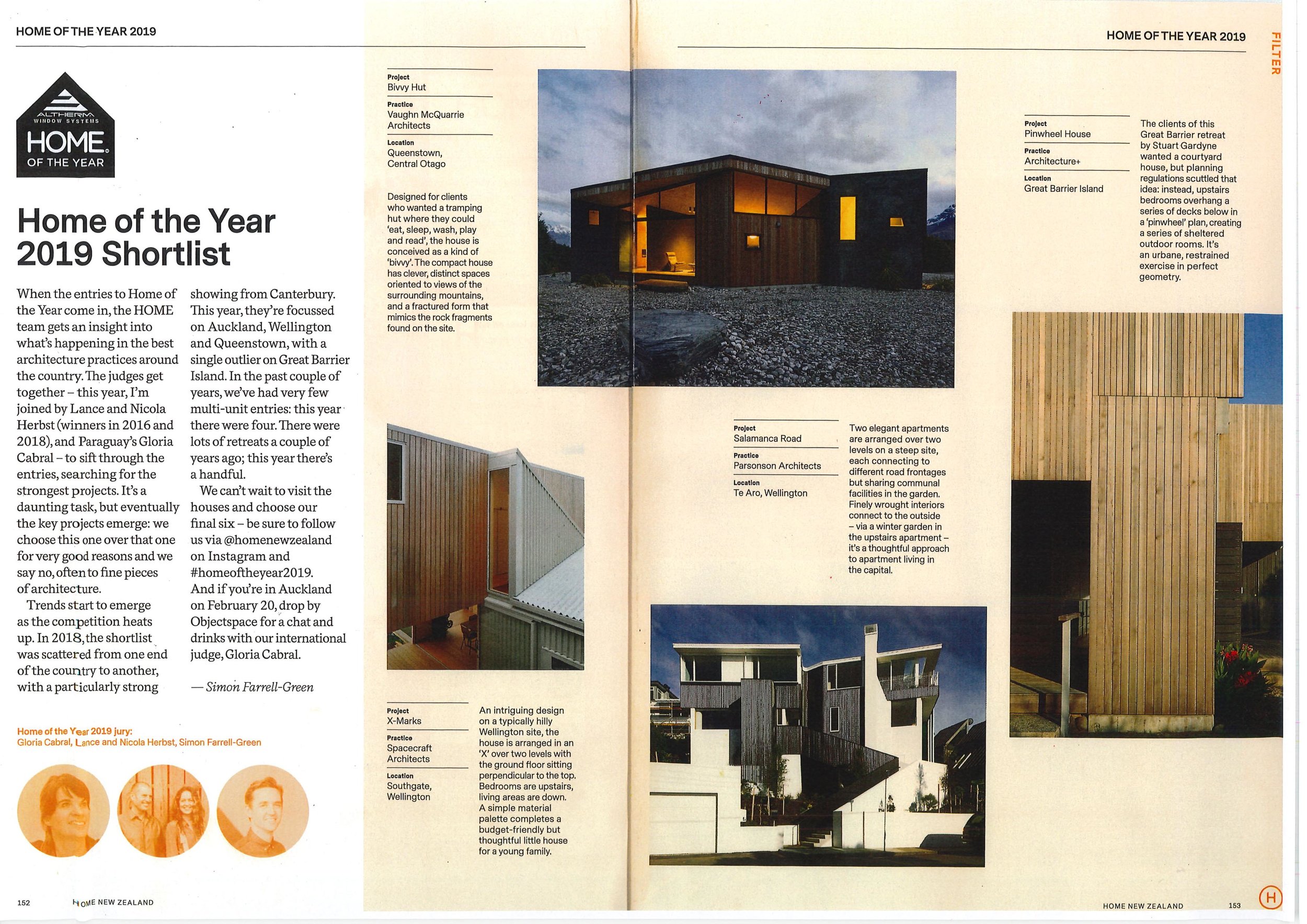





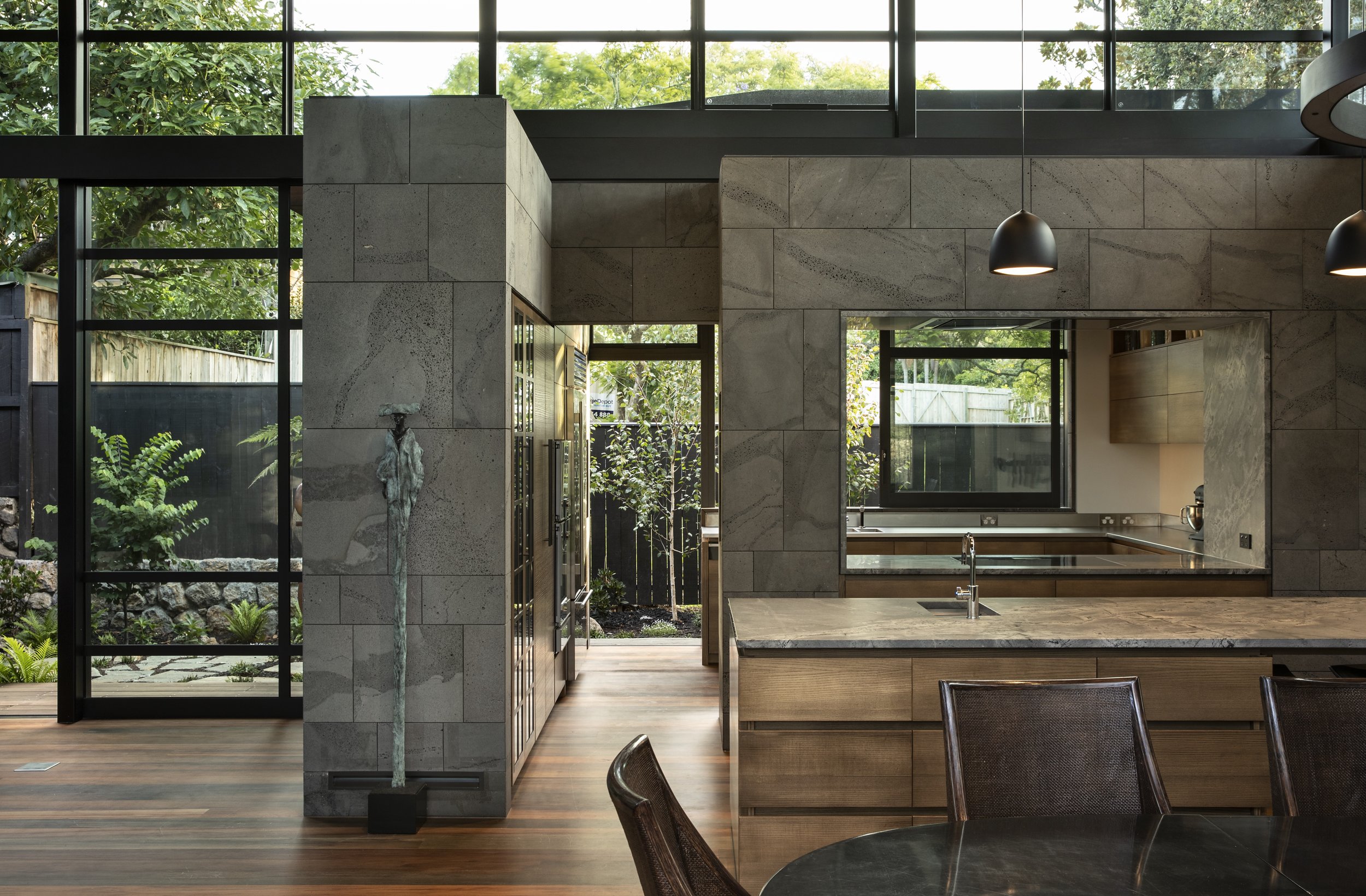











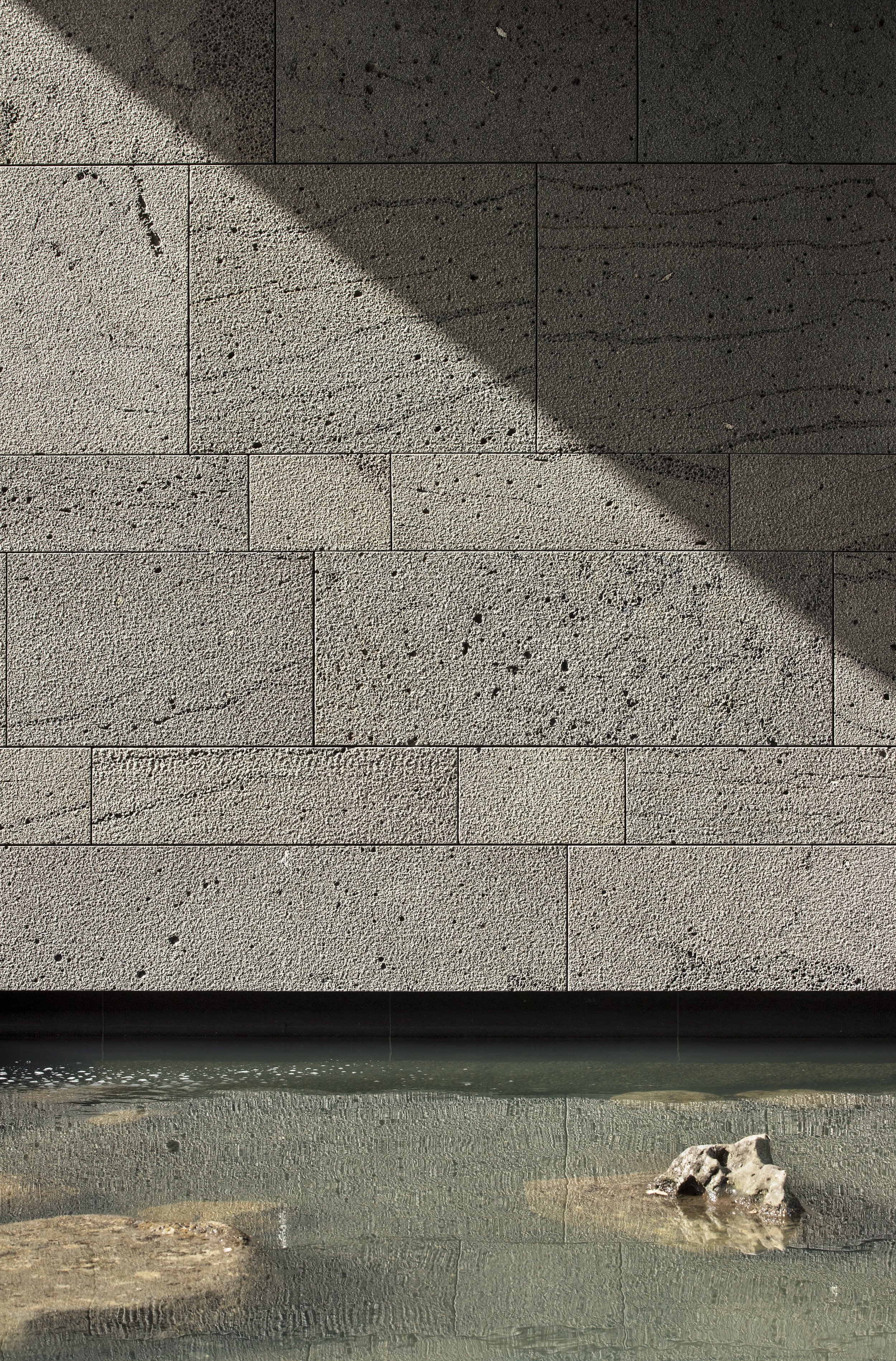











![Renders I-VI [Updated]-6.jpg](https://images.squarespace-cdn.com/content/v1/5bfc5569b27e39ba3458d36c/1552428475767-J6FKOQCQ1F62F8ZHJCDK/Renders+I-VI+%5BUpdated%5D-6.jpg)
![Renders I-VI [Updated]-2.jpg](https://images.squarespace-cdn.com/content/v1/5bfc5569b27e39ba3458d36c/1552428171171-7C3ON885UYHHUUOZLY6O/Renders+I-VI+%5BUpdated%5D-2.jpg)
![Renders I-VI [Updated]-3.jpg](https://images.squarespace-cdn.com/content/v1/5bfc5569b27e39ba3458d36c/1552428194040-PSFW4ZEKBI2B83GRW5YJ/Renders+I-VI+%5BUpdated%5D-3.jpg)
![Renders I-VI [Updated]-4.jpg](https://images.squarespace-cdn.com/content/v1/5bfc5569b27e39ba3458d36c/1552428421302-TNER2I0KEPNJU6S3C9DL/Renders+I-VI+%5BUpdated%5D-4.jpg)
![Renders I-VI [Updated]-5.jpg](https://images.squarespace-cdn.com/content/v1/5bfc5569b27e39ba3458d36c/1552428448603-0FUAX31HI262ADYXAZSP/Renders+I-VI+%5BUpdated%5D-5.jpg)
![Renders I-VI [Updated]-7.jpg](https://images.squarespace-cdn.com/content/v1/5bfc5569b27e39ba3458d36c/1552428516163-26HYAO0IDXODA17SQZAH/Renders+I-VI+%5BUpdated%5D-7.jpg)











